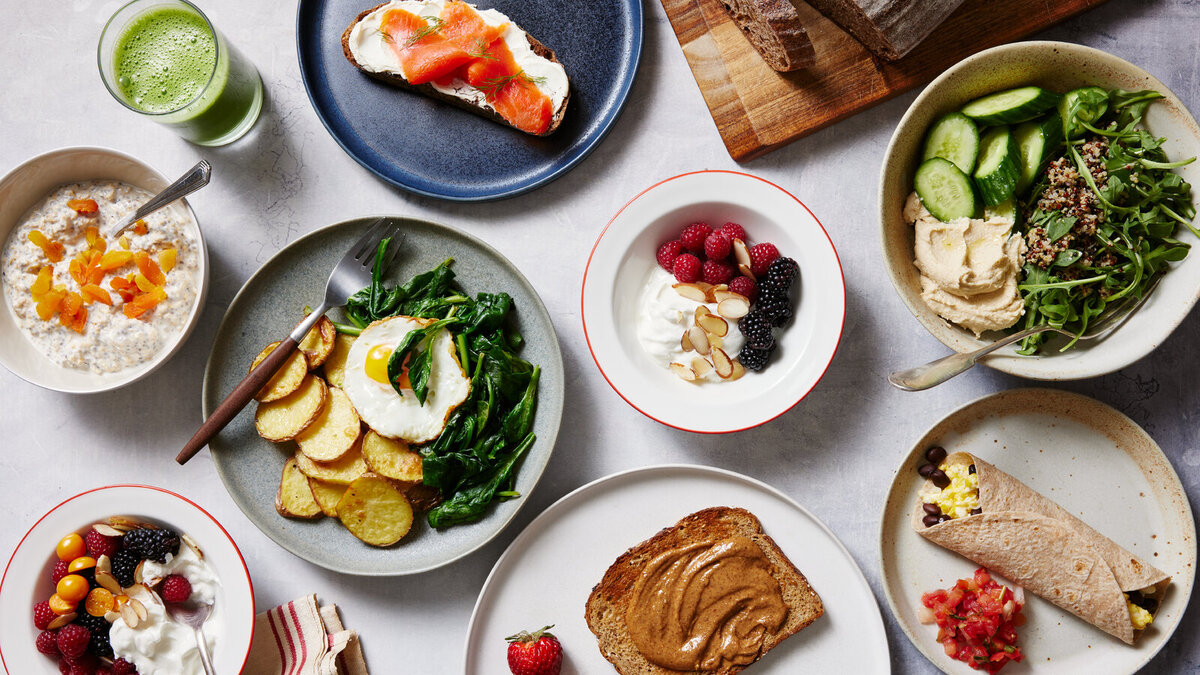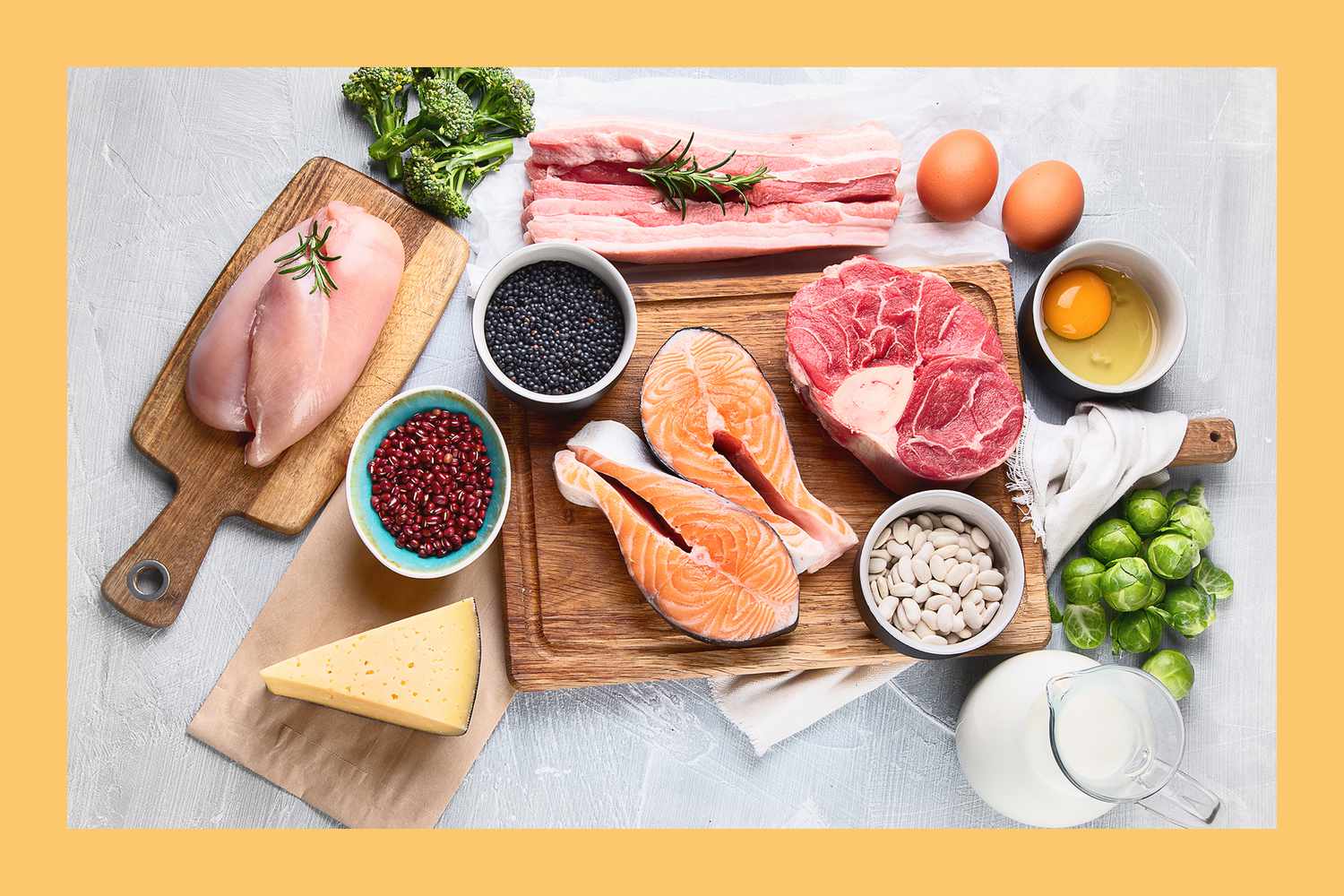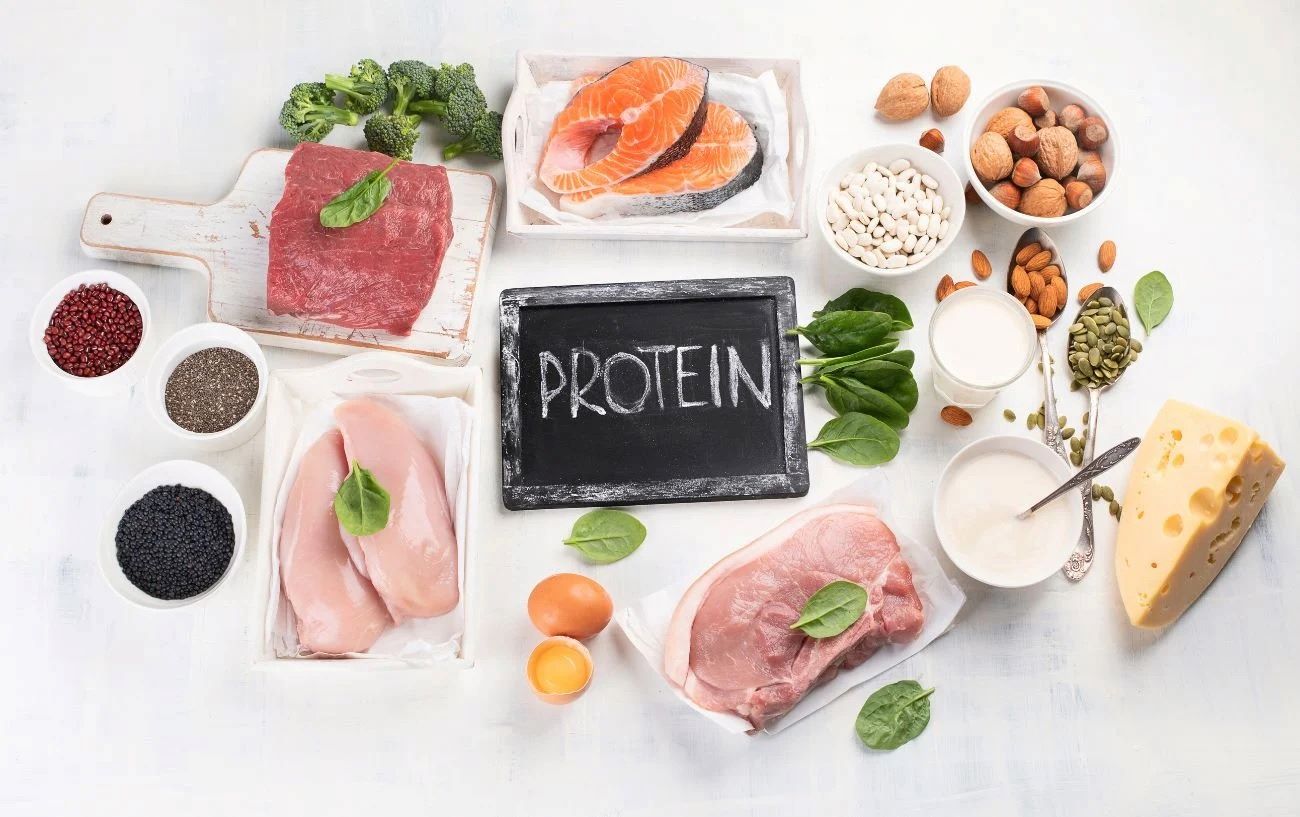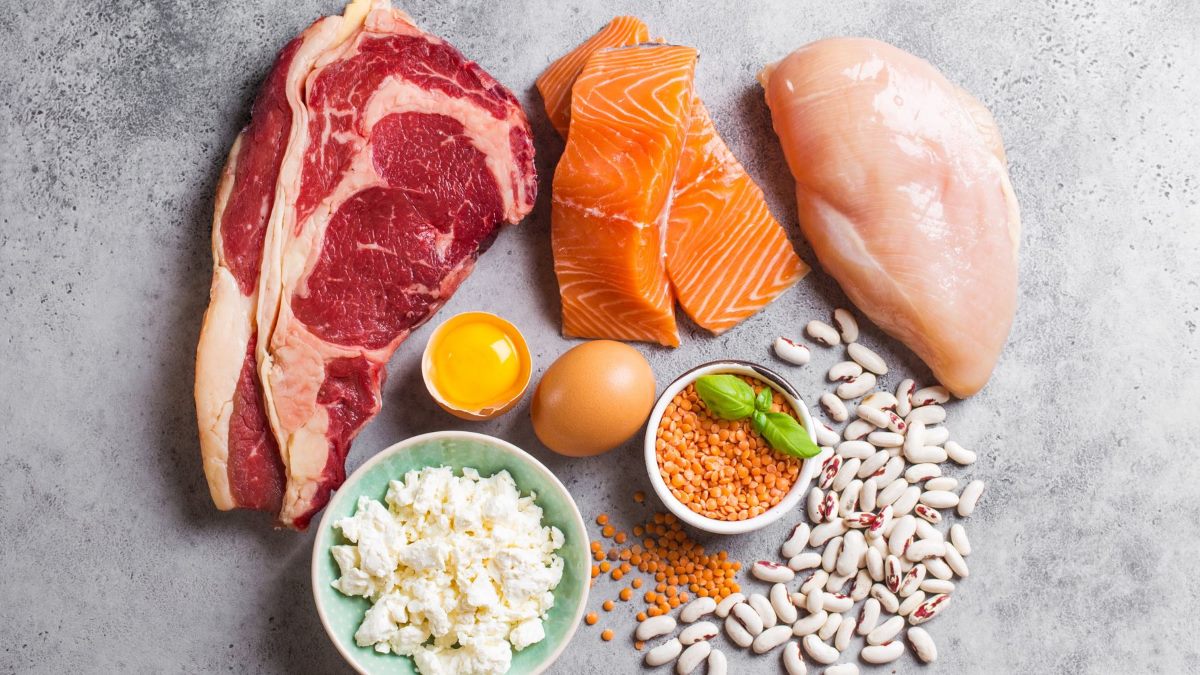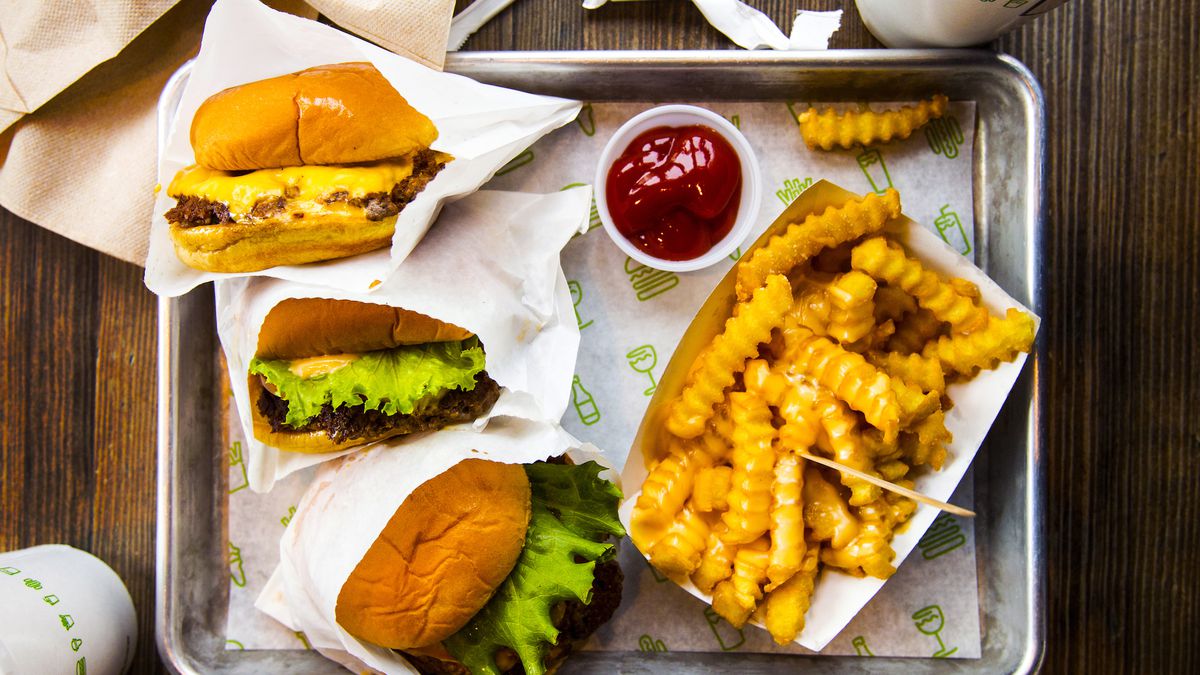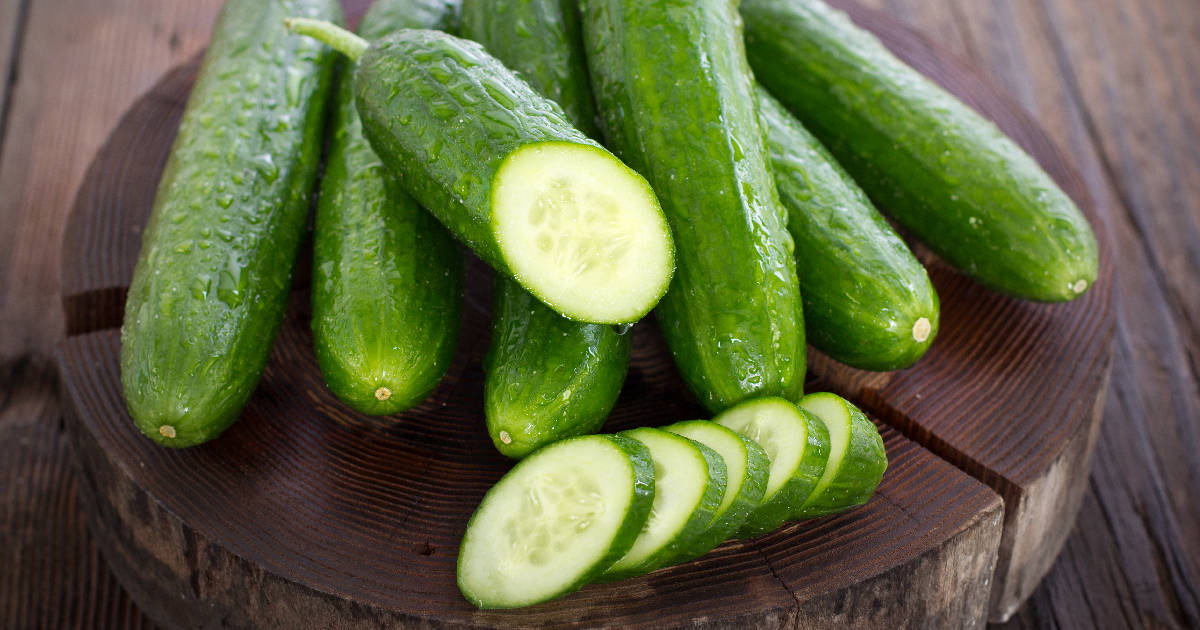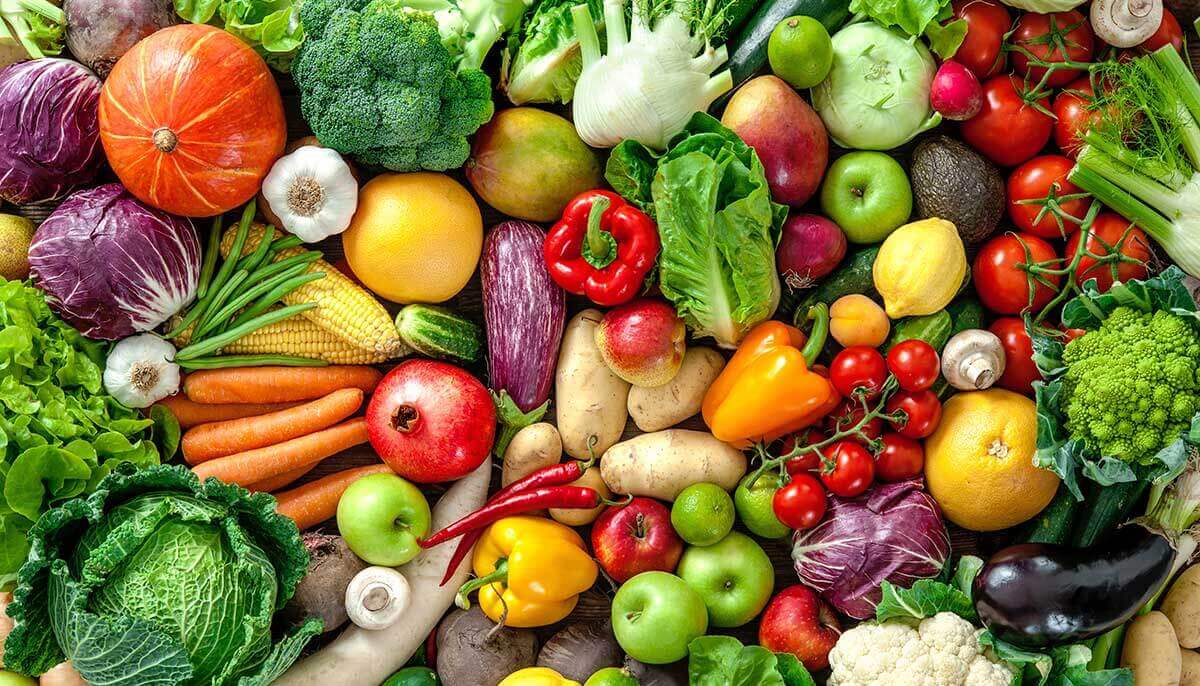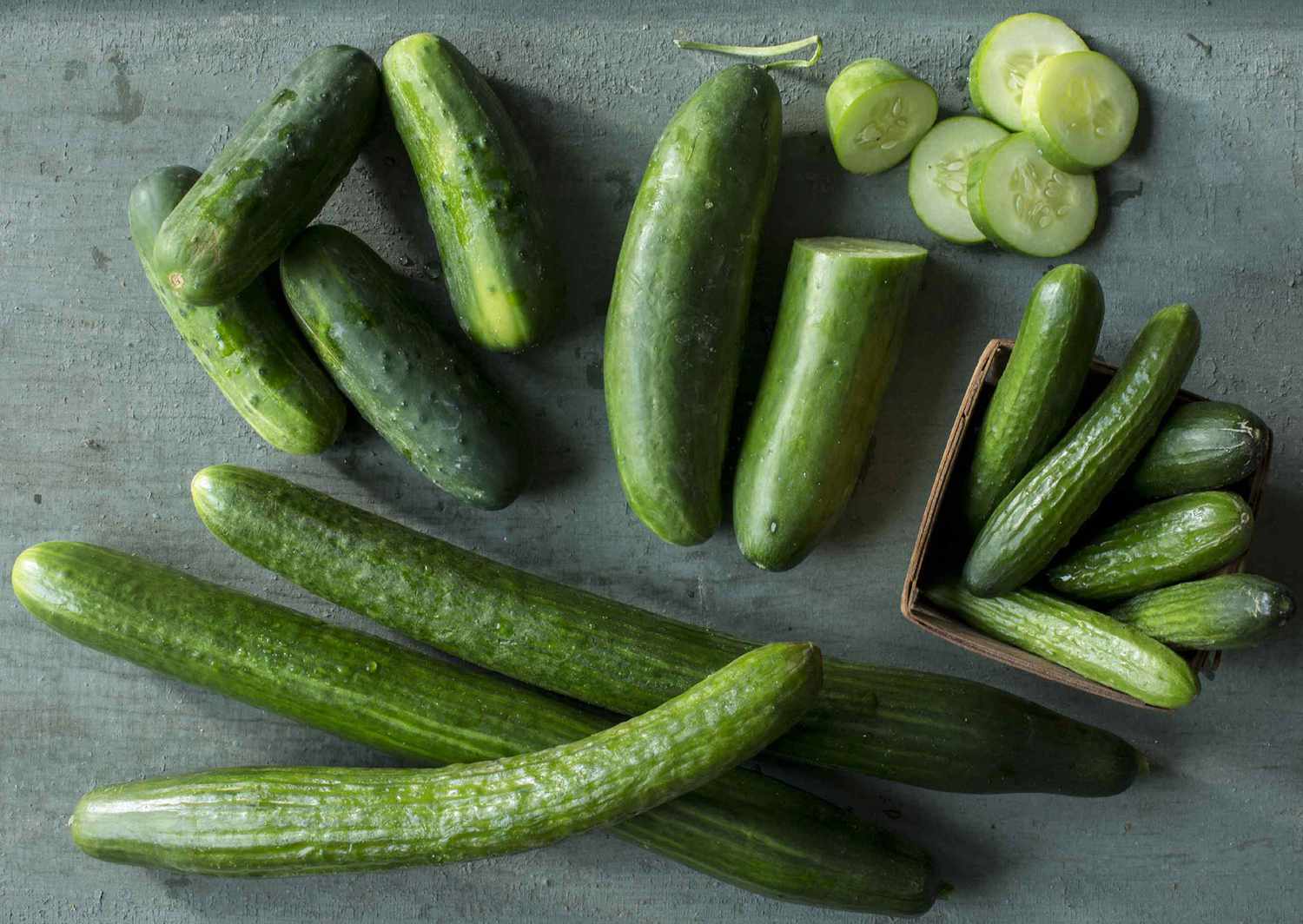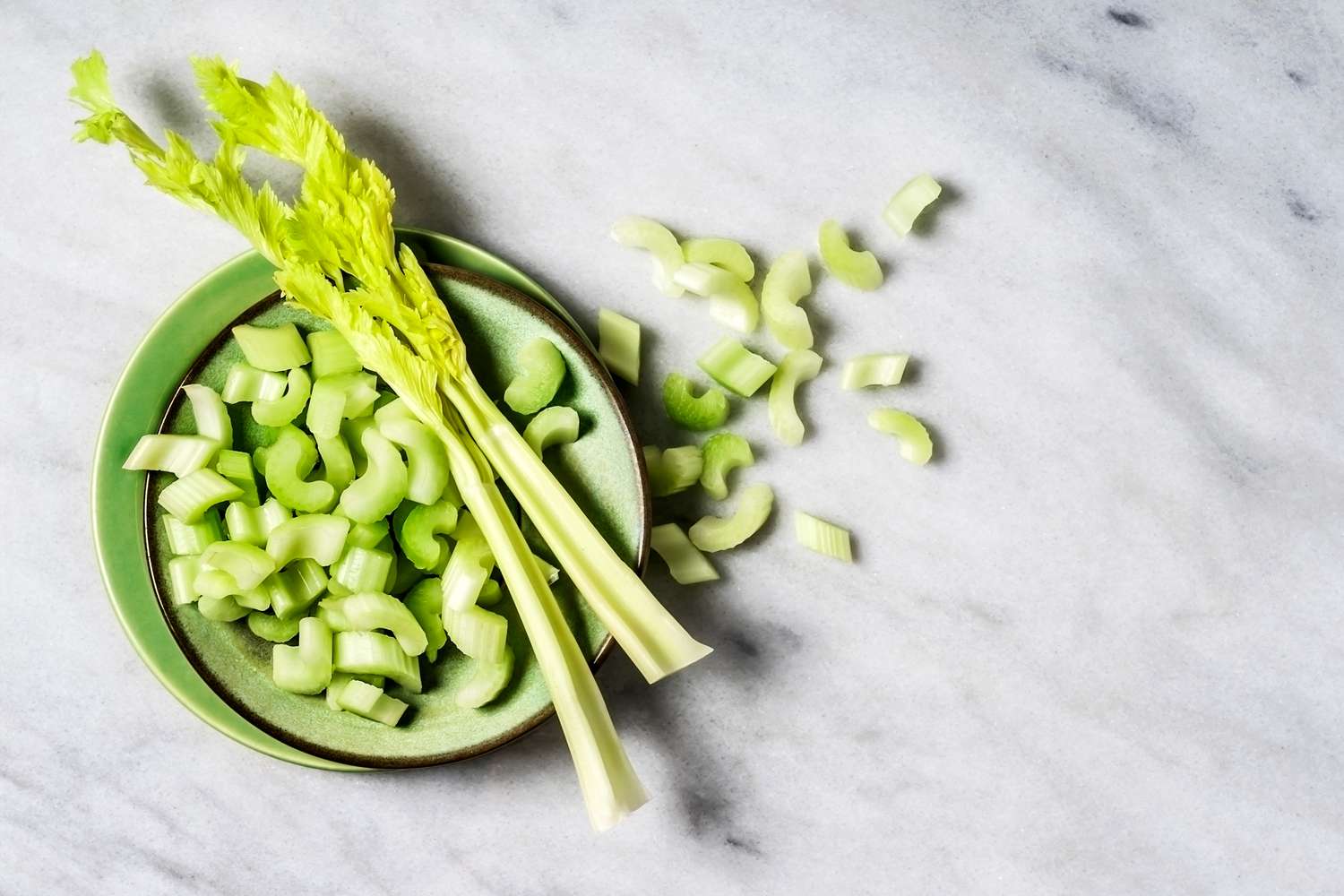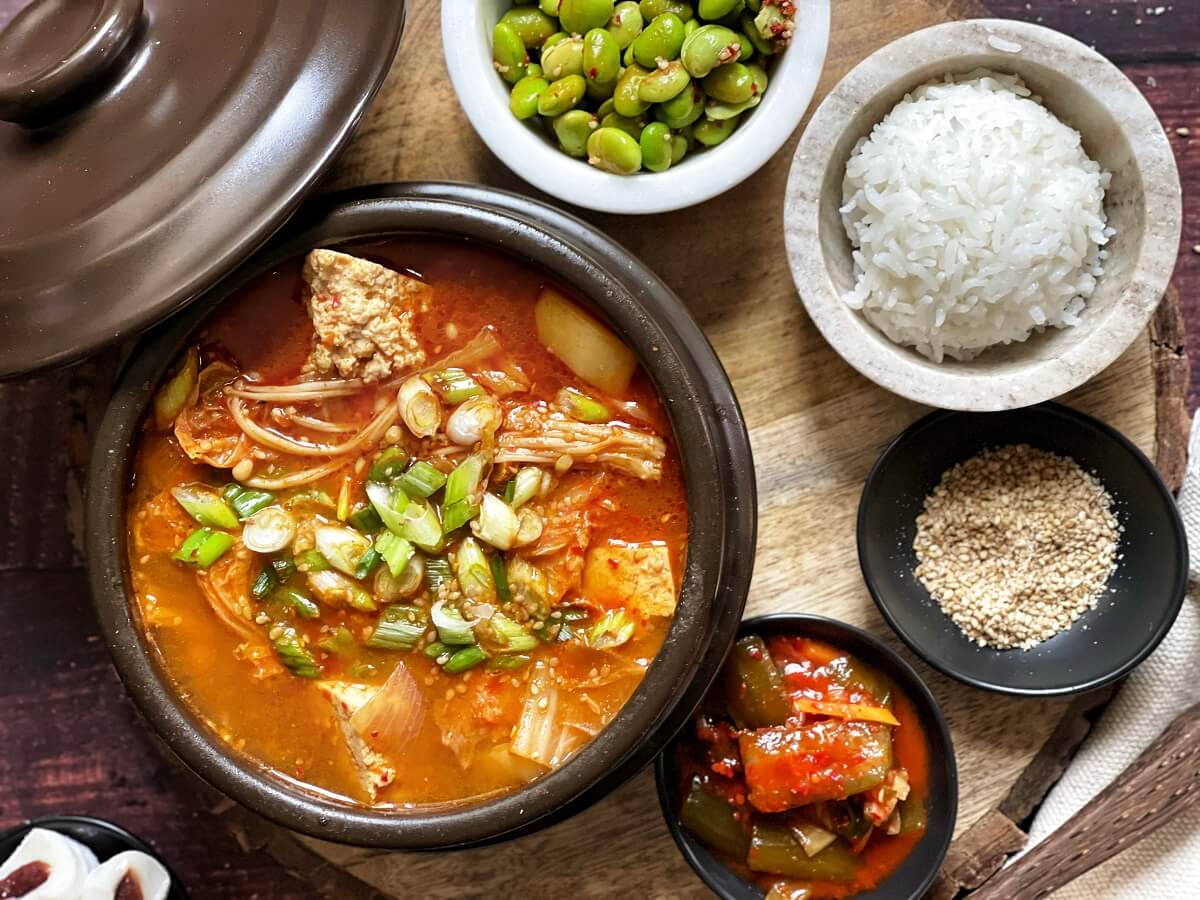How to Consume 3000 Calories in One Meal
For some individuals, consuming 3000 calories in one meal may seem like a daunting task. However, with the right approach and food choices, it is possible to achieve this caloric intake in a single sitting. Whether you are looking to bulk up, fuel an intense workout, or simply indulge in a hearty feast, here are some tips on how to consume 3000 calories in one meal.
Choose Calorie-Dense Foods
When aiming to consume a large number of calories in a single meal, it’s important to focus on foods that are high in calories. Opt for nutrient-dense options that pack a significant caloric punch. Some examples of calorie-dense foods include:
- Nuts and nut butters
- Avocado
- Cheese
- Fatty cuts of meat
- Whole eggs
- Full-fat dairy products
- Healthy oils like olive oil or coconut oil
- Dried fruits
These foods are not only rich in calories but also offer a range of essential nutrients, making them a great choice for a high-calorie meal.
Plan Your Meal
Creating a meal plan can help you reach the 3000-calorie mark more effectively. Consider incorporating a variety of food groups to ensure a well-rounded meal. A sample meal plan for consuming 3000 calories in one sitting might include:
- An appetizer of mixed nuts and cheese platter
- A main course featuring a large steak or salmon fillet with a side of avocado and quinoa salad
- Full-fat Greek yogurt topped with honey and mixed berries for dessert
- A glass of whole milk or a high-calorie smoothie to accompany the meal
By planning your meal in advance, you can ensure that you are consuming a diverse range of nutrients along with the necessary calories.
Consider Liquid Calories
Drinking high-calorie beverages can be an effective way to boost your calorie intake during a meal. Consider incorporating calorie-dense liquids such as:
- Smoothies made with full-fat yogurt, nut butter, and fruits
- Whole milk or plant-based milk alternatives
- Fruit juices
- Meal replacement shakes
- Hot chocolate or creamy coffee drinks
These beverages can complement your meal and contribute to your overall calorie consumption.
Listen to Your Body
While the goal is to consume 3000 calories in one meal, it’s important to listen to your body’s cues and avoid overeating to the point of discomfort. Take your time to savor each bite and pay attention to feelings of fullness. If you find it challenging to consume such a large number of calories in a single sitting, consider breaking the meal into smaller, more manageable portions spread throughout the day.
Remember, everyone’s caloric needs and appetites vary, so it’s essential to approach this goal with mindfulness and respect for your body’s signals.
Conclusion
Consuming 3000 calories in one meal may seem like a formidable task, but with the right approach and food choices, it can be achieved in a balanced and enjoyable manner. By selecting calorie-dense foods, planning a well-rounded meal, incorporating liquid calories, and listening to your body’s cues, you can successfully reach this caloric milestone while nourishing your body with essential nutrients.
Remember, it’s always best to consult with a healthcare professional or a registered dietitian before making significant changes to your diet, especially when it comes to consuming a high number of calories in one meal.

